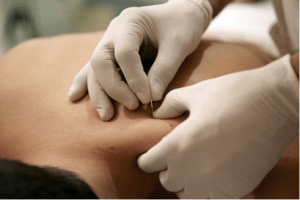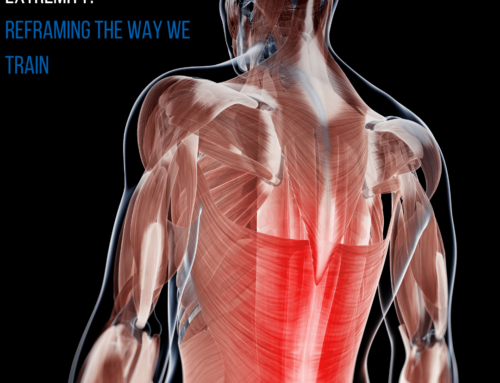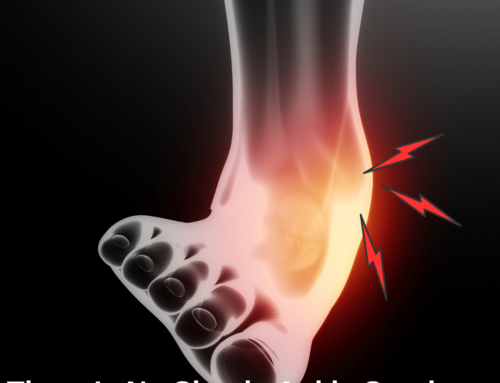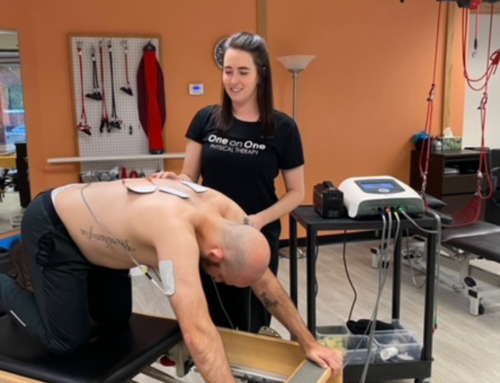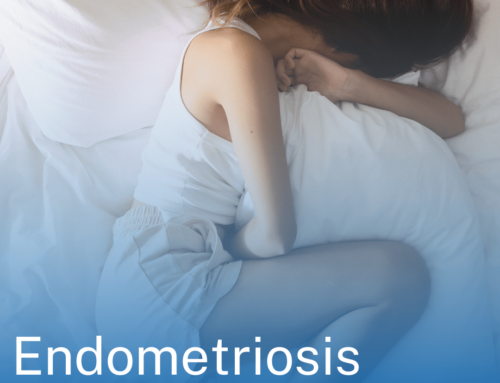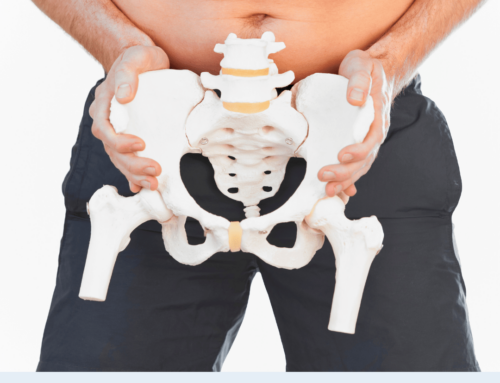Need a Needle? // Dry Needling 101
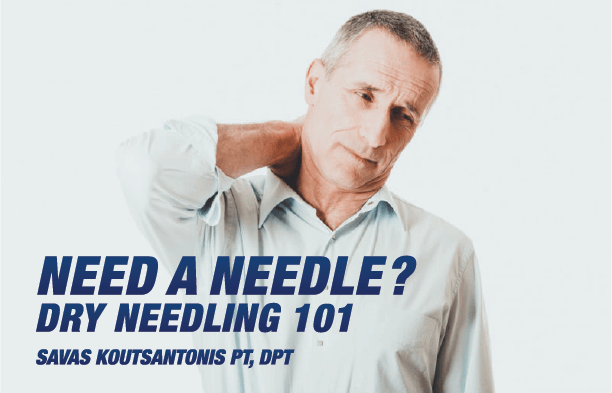
Need a Needle? // Dry Needling 101
Savas Koutsantonis PT, DPT
Is Dry Needling right for me?
Dry Needling is quickly becoming commonplace as many more practitioners are offering this procedure. What is it exactly? It’s a highly effective technique that’s used to treat patients who are suffering from pain generated from myofascial trigger points. It involves the use of a thin,flexible filiform needle to penetrate the skin and stimulate underlying trigger points and other connective tissues.
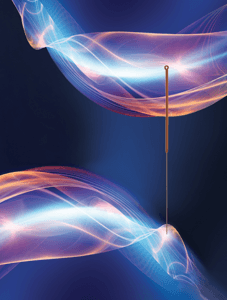
What is a trigger point?
A trigger point is a hyper-irritable knot in taut muscle fibers. This knotty, contracted area restricts blood flow, causing a drop in oxygen and pH; this causes chemicals to be released which stimulates pain receptors. Trigger points are painful to external pressure and over time, become more irritable and can refer pain to other areas. In many cases, this is a sour
ce of your pain and this is often seen in those of you with headaches, sciatica, joint pain, low back pain and other commonly seen conditions. We have multiple studies showing the over reliance of diagnostic studies, meaning, that you will typically have some positive findings with MRI testing including bulging discs or torn rotator cuff. These findings have been found in people who don’t have pain, and often there is little correlation between these findings and how much pain you feel.
How does it work?
The goal of dry needling is to penetrate the trigger point with the thin needle causing a twitch response, which according to studies from NIH, restores blood flow, oxygen, and normalizes the biochemical environment in that area. Our job is to get rid of these trigger points and eliminate this source of pain.
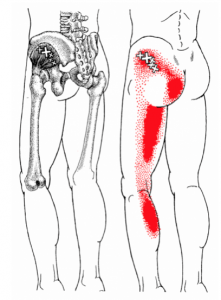
Is this a form of acupuncture?
Acupuncture utilizes meridian and ah-shi points based on Eastern philosophy medicine and has to do with energy flow or chi. Needles are inserted in specific points superficially into the skin.
Will dry needling work for me?
Studies have shown dry needling to effective especially when combined with other forms of physical therapy like joint mobilization, stretching, exercise, restoring normal movement patterns, postural and ergonomic education. There are many companies teaching dry needling and they vary in their approach. We at One on One use dry needling based on the work of Janet Travell MD, and we highly detailed and specific in out use of this modality. We have found significant and dramatic improvements in pain reduction and restoring function; it ‘s been a game changer for us!
